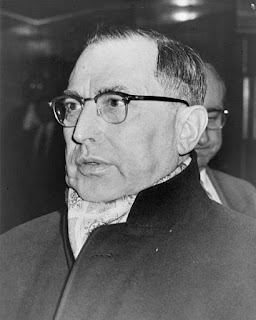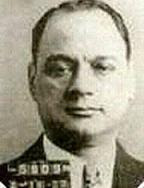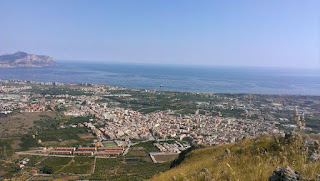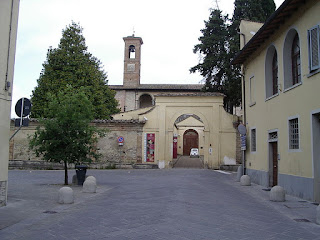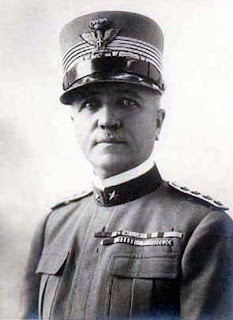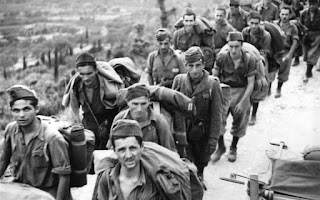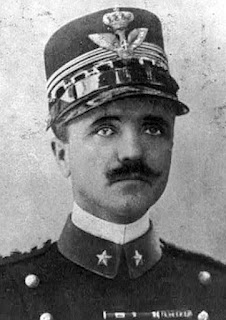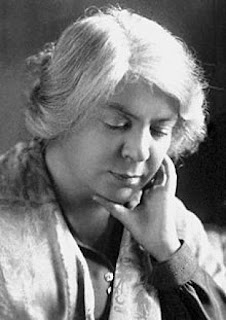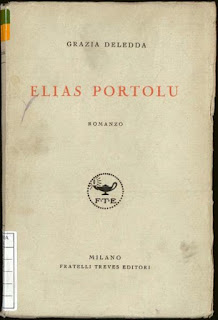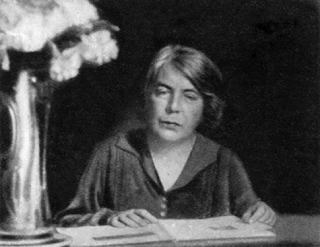Tuscan fighter held world title twice
 |
| Sandro Mazzinghi won the world light middleweight crown in 1963 and 1968 |
Mazzinghi won the title for the first time at the Velodromo Vigorelli in Milan in September 1963, defeating the American Ralph Dupas, defending his title successfully in a rematch in Sydney, Australia in December of the same year.
He lost the crown to fellow Italian Nino Benvenuti in 1965 at the San Siro football stadium in Milan but regained it at the same venue in May 1968, defeating the South Korean Ki-Soo.
He did so after recovering from an horrific car crash in January 1964 that claimed the life of his young wife, Vera, only 12 days after they were married.
The couple had been on their way home to Pontedera from a gala dinner in Montecatini Terme in Tuscany when their car slid off a muddy road in heavy rain and collided with a tree. Vera was killed instantly and Mazzinghi, who was thrown from the car, suffered a fractured skull.
He was in a critical condition for several days but recovered. Amazingly, though, he was back in the ring within weeks and by the end of that year had made two more successful defences of his world title, against the American Tony Montano in Genoa in October and an Italian fighter, the European welterweight champion Fortunato Manca, in Rome in December.
 |
| Sandro Mazzinghi (right) in the ring with Nino Benvenuti in the 1964 title fight in Milan |
Mazzinghi resisted, claiming he had not been allowed enough time to recover from his accident to take on a fight of such magnitude, but Benvenuti pointed out that he had been in the ring 10 times since the crash and therefore must be fit.
The fight took place on a scorching June night in front of a sell-out crowd of at least 60,000 at the San Siro stadium, home of AC Milan and Internazionale football clubs. The fight was close until Benvenuti connected with a right uppercut in the sixth round and Mazzinghi could not make the count. In the rematch in Rome it seemed Mazzinghi would exact revenge but Benvenuti came back strongly in the final rounds to win on points.
Nonetheless, Mazzinghi battled back to regain the title three years later on a split decision after a titanic struggle against Ki-Soo Kim, having won the European light middleweight title in 1966 against the Frenchman Yoland Leveque, a title he successfully defended four times in the next 18 months.
 |
| Mazzinghi during a TV interview to mark his 70th birthday in 2008 |
Mazzinghi was trained as a young man by his brother, Guido, who had been an Olympic medallist in Helsinki in 1952. He turned professional in 1960 and fought without a break for 10 years, retiring in 1970 and making a brief comeback in 1977 before being obliged to quit for good, having reached the mandatory age limit.
He was married for a second time to Marisa, with whom he had two sons, and after boxing had a short career as a singer. He subsequently wrote several books after boxing and his life. Nowadays he lives with his family at a villa in Tuscany, where he produces wine and olive oil.
Mazzinghi remains a celebrity in Pontedera, where there is a bronze statue of him in front of the municipal sports centre.
 |
| Pontedera's Palazzo Pretorio on the main square |
Pontedera, the birthplace of Alessandro Mazzinghi, is in the province of Pisa in Tuscany in the Arno valley. Nowadays it houses the Piaggio motor vehicle company, the Castellani wine company and the Amedei chocolate factory. It was the seat of some notable historical battles. In 1369, the Milanese army of Barnabo Visconti was defeated by Florentine troops and in 1554 an army representing the Republic of Siena defeated the Florentines. The area was badly hit when the Arno flooded in 1966, causing catastrophic damage in Florence in particular.
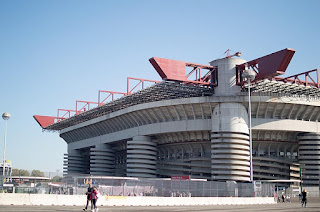 |
| The Stadio Giuseppe Meazza is instantly recognisable for its distinctive spiralling walkways to the upper tiers |
The San Siro Stadium was built in 1925 as one of Italy’s only purpose-built football stadiums, without the athletics track between the stands and the pitch which was a feature of most publicly-owned arenas. Originally a stadium for AC Milan, it has been the home of both major Milan clubs since Inter moved from the Arena Civica in central Milan in 1947. Its capacity when it opened was 35,000. It was extended between 1948 and 1955 to accommodate 100,000 spectators with the addition of two extra tiers and the construction of the spiralling ramps to the upper tiers that give it its distinctive appearance today. Renamed the Stadio Giuseppe Meazza in 1980, it has hosted matches at two World Cups (1930 and 1990) and the 1980 European championships.
More reading:
How Vito Antuofermo rose from toiling in the fields to riches in the ring
Giuseppe Curreri - the Sicilian kid who became Johnny Dundee
The Calabrian childhood of bodybuilder Angelo Siciliano, better known as Charles Atlas
Also on this day:
1858: The birth of actress Eleonora Duse
1941: The birth of opera star Ruggero Raimondi
Home
